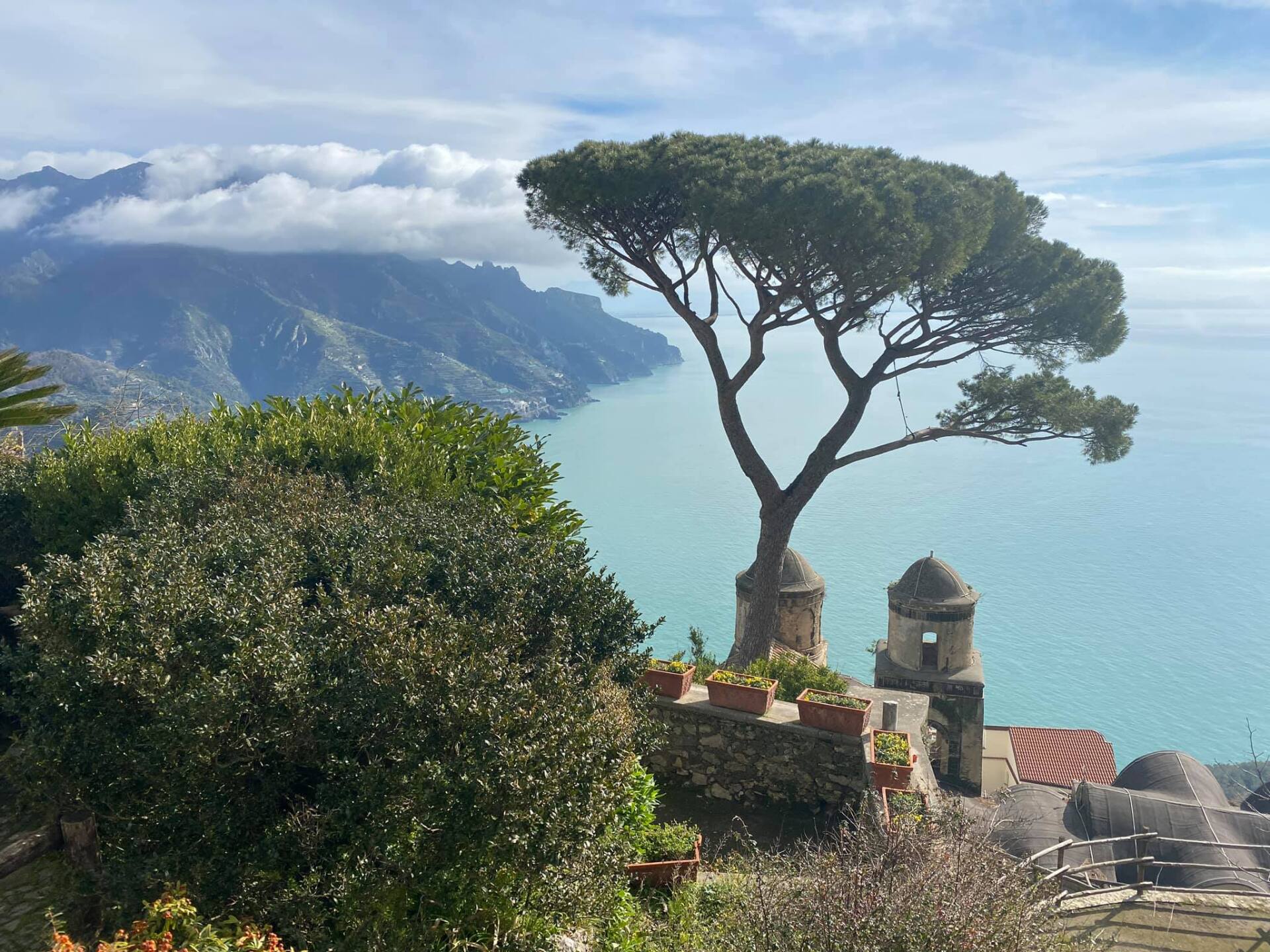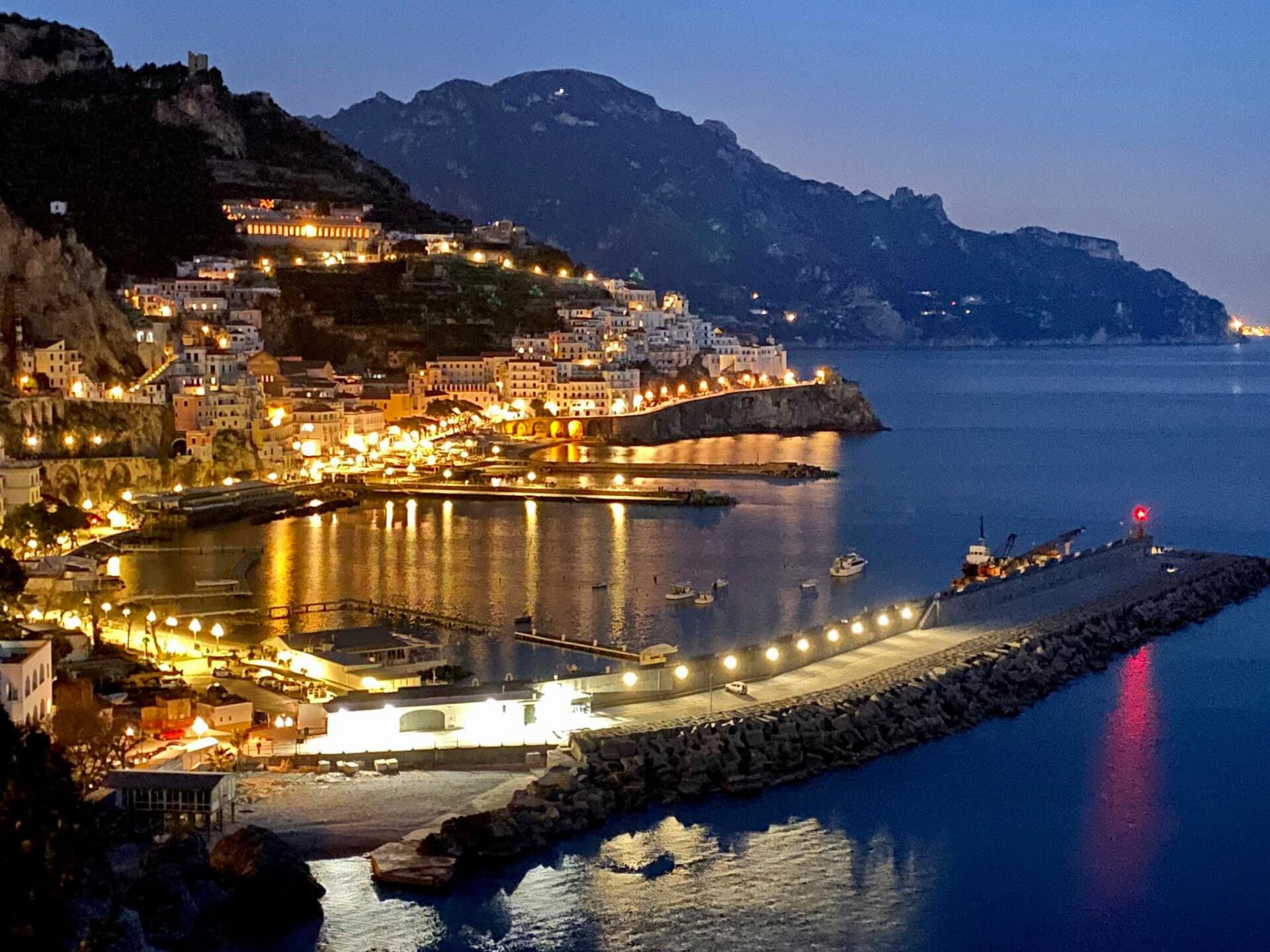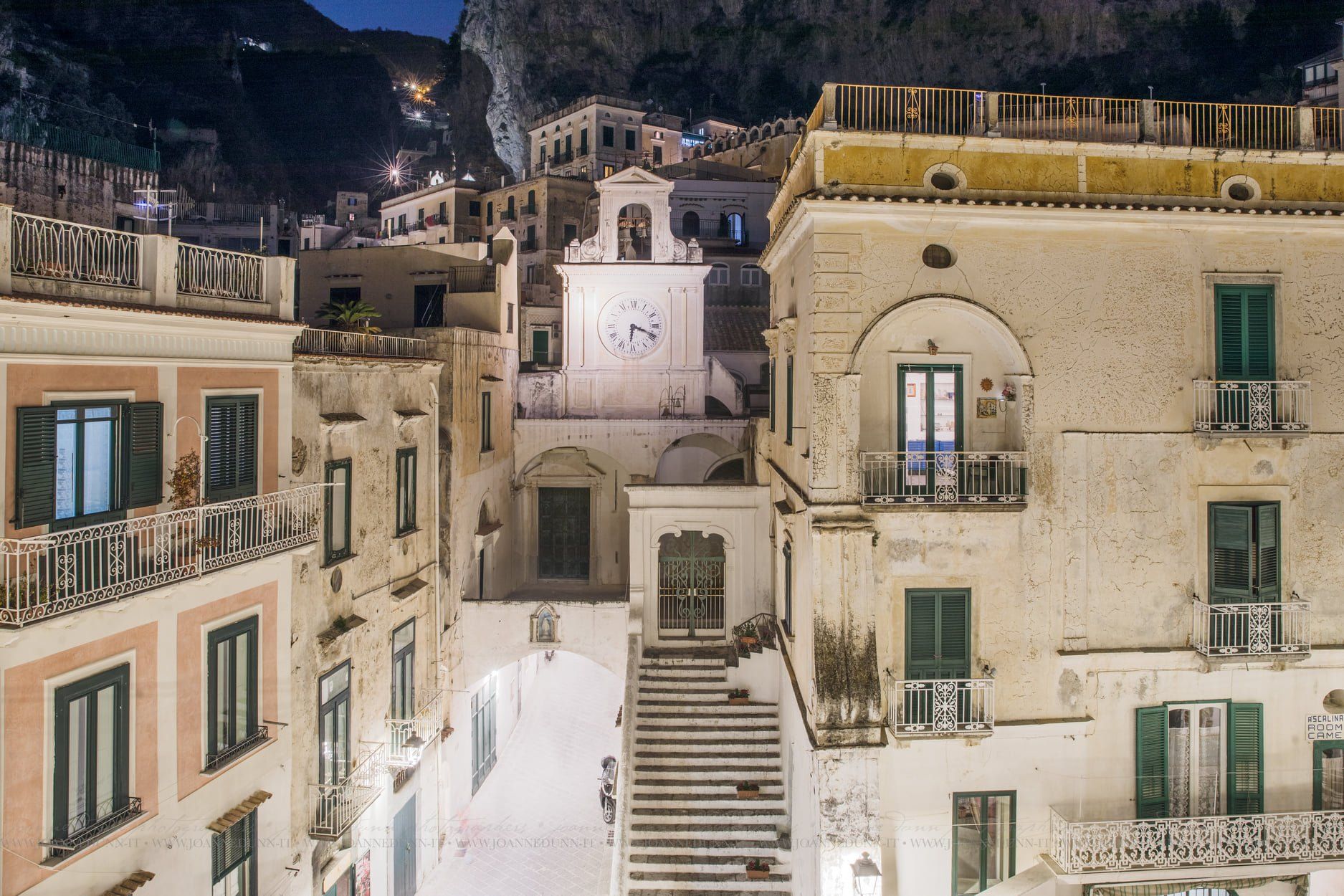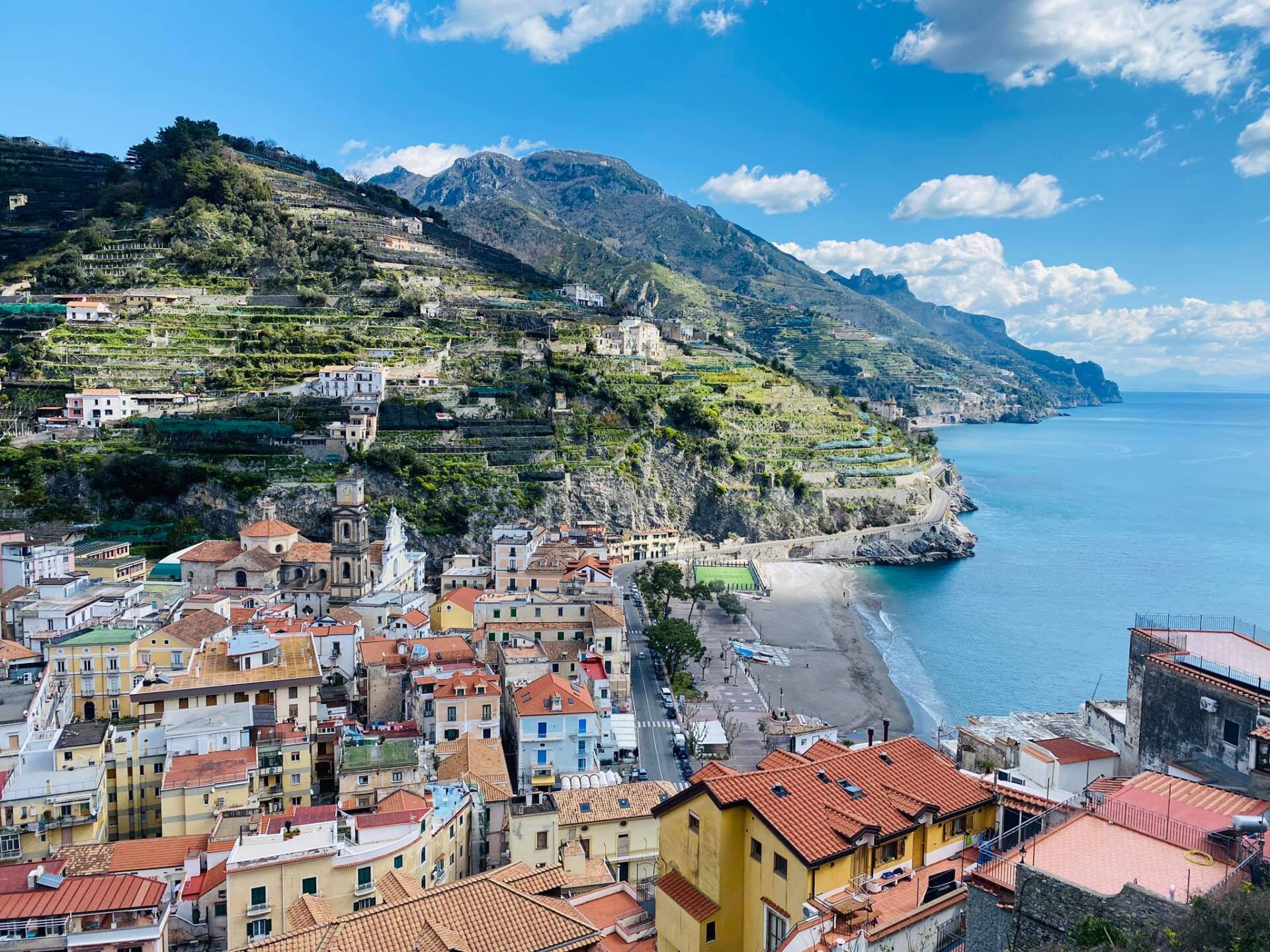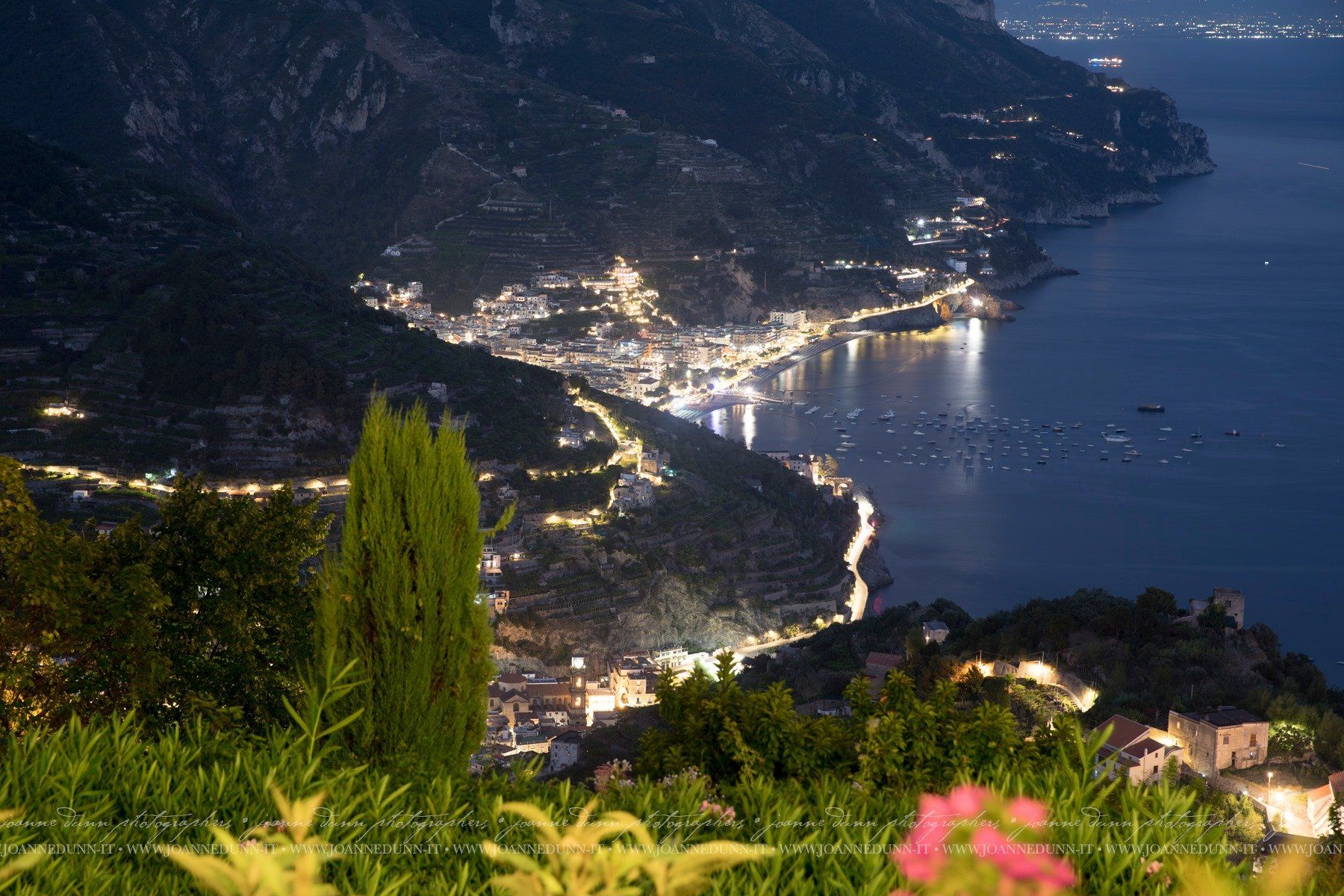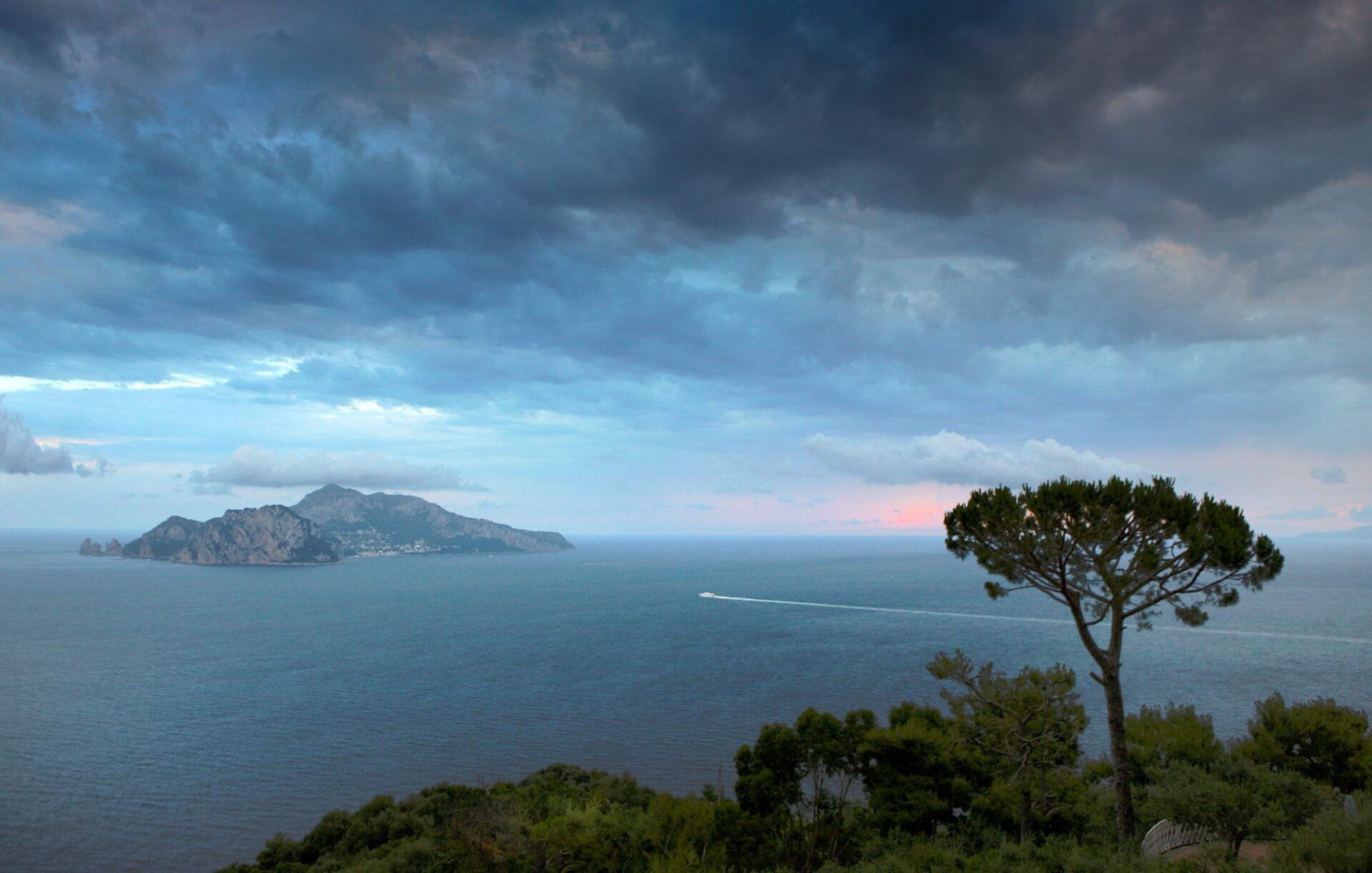the Amalfi coast
Amalfi,
the town that gives its name to the Amalfi Coast, can be reached from the B&B Casa Falcone by bus, by car and through a panoramic pedestrian walkway (45/60 minutes downhill steps). Amalfi is the hub of all public transport: buses, ships and ferries.Ravello, just 3 km from Casa Falcone, is the living room of this piece of the Amalfi Coast perched in the hills but overlooking the sea. It is no coincidence that to describe the local inhabitants we say "with one foot in the boat and one in the vineyard ..."
There Amalfi Coast
extends for about 55 km and can be explored by taking state road 163, one of the most panoramic roads in Italy: Starting from Salerno, the road continues towards Vietri sul Mare, Cetara, Maiori, Tramonti, Minori, Scala, Ravello, Atrani, Amalfi, Conca dei Marini, Furore, Praiano up to Positano.
Everyone has seen an image of the Amalfi Coast at least once: on the news, on a social network, on a product or in a work of art. Many places, thanks to the ancient tourist tradition, are iconic spaces often recognized by tourists and travelers from very distant countries. Here we have voluntarily chosen to show a Coast out of stereotypes and unusual points of view ... the rest you have to come and discover it with your own eyes !!
The photos on display are the work of JoAnne Barbara Dunn www.joannedunn.it who writes with light and often sees things that we cannot perceive with the naked eye ... Thank you






